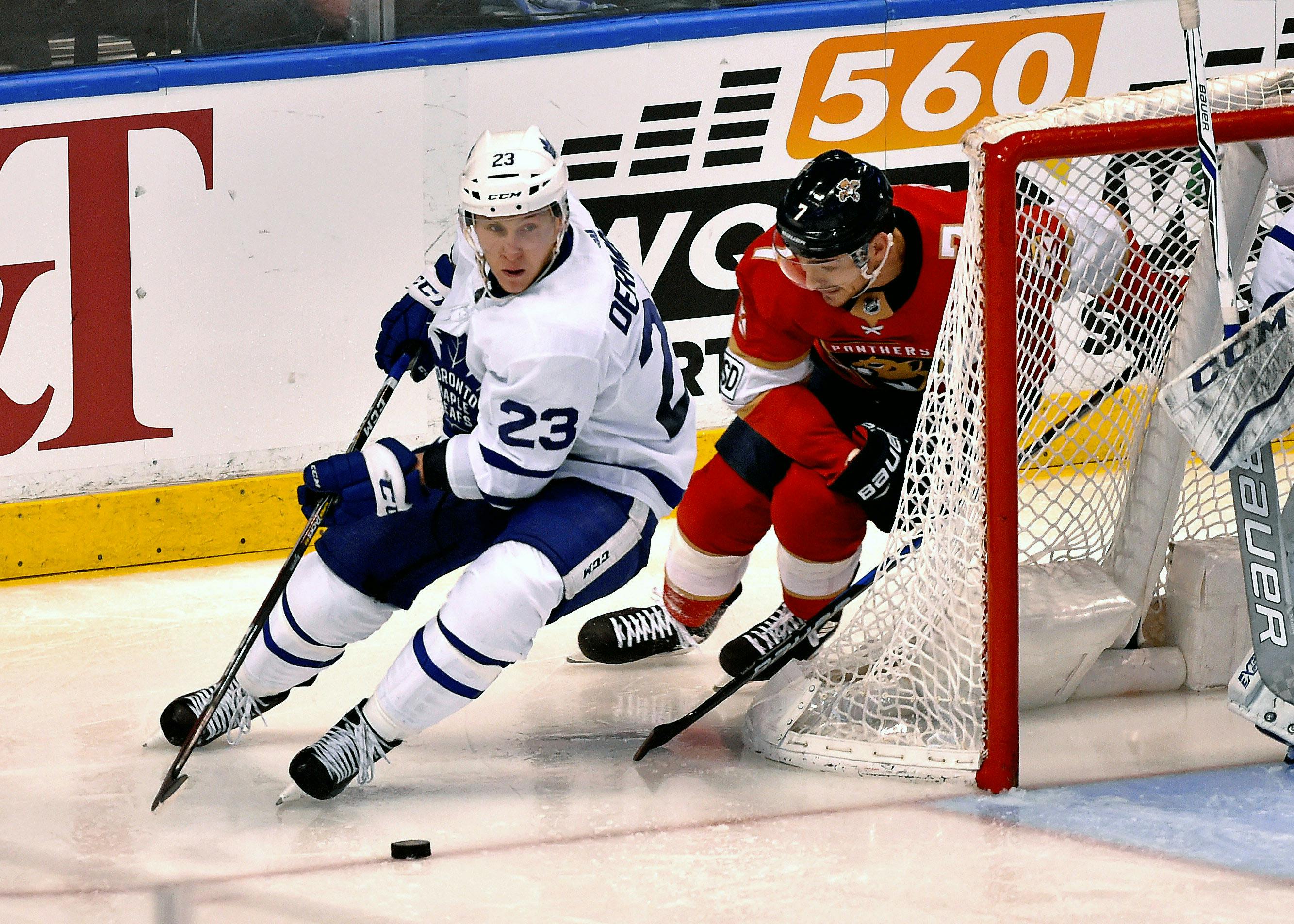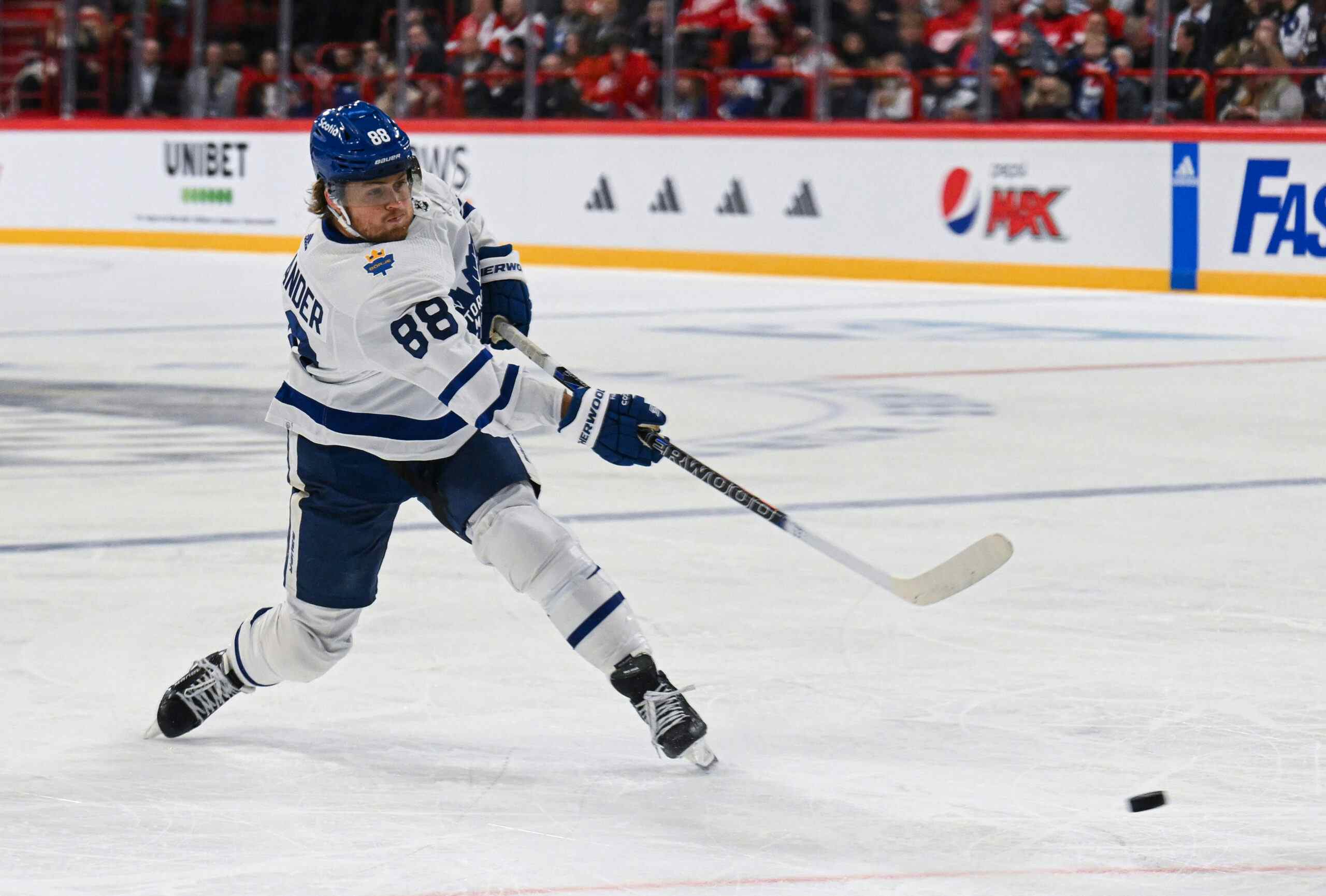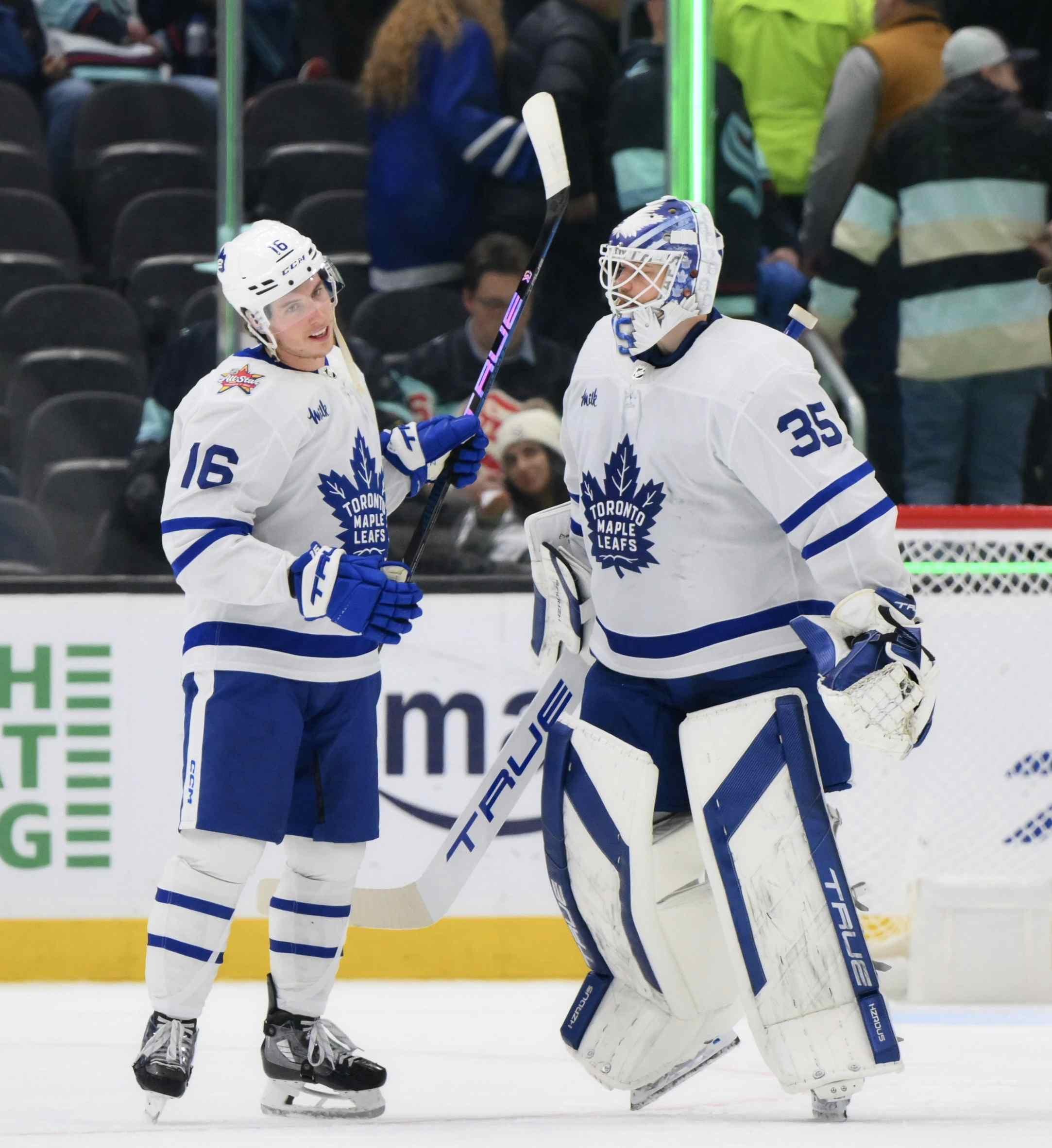The brief history of 2nd round picks in the Dubas era is encouraging

By Jon Steitzer
4 years agoThere isn’t a whole lot of history to go on with Dubas and later draft picks. In fact we don’t even have a whole lot to go on early draft picks, but since the Leafs find themselves without a first round pick this year, perhaps it’s worth taking a look at a few of the 2nd round picks that have been made since Kyle Dubas joined the organization, and assign credit/blame to Dubas, Lamoriello, or Hunter, and try to establish if there’s any trend with these selections.
Travis Dermott 2015 2nd Round (34th overall)
Late in the first the Leafs were riding the high of selecting Mitch Marner, and the Leafs are ready to make their second selection of the first round with Travis Konecny still available. Instead of going for the offensive talent who many scouting services had ranked within the top 15 of the draft, Kyle Dubas (along with Mark Hunter as co-GM) opted to trade down for the 29th overall pick and the 61st overall pick. The 29th overall pick would then be turned into this 34th overall pick, and a 3rd round pick used to select Martins Dzierkals.
Konecny has proven himself to be a solid second line scoring talent in the NHL, but considering his production mirrors that of Kasperi Kapanen, and Andreas Johnsson, it seems the Leafs made the right decision by trading down to get the defenseman they wanted.
The Dermott selection is interesting since he wasn’t necessarily a player associated with going in the top 40 and the fact that he was taken right before Sebastian Aho isn’t something that is lost on a lot of people, but this appears to be the case of the Leafs having a specific player in mind that they want, and were going to take him a point they felt they could do so.
The result is that Dermott has been solid for the Leafs over the past season and a half, and could potentially push for a top four role once he recovers from his injury. Selecting Dermott over an undersized 20 goal scorer appears to be the right move.
Jeremy Bracco 2015 2nd Round (61st overall)
Remember that 61st overall acquired in the first trade moving down to select Dermott? Well, that pick turned into Jeremy Bracco.
Bracco was a player many scouting services considered a potential 1st rounder. Bracco’s size and the depth of the US National Team Development Program probably made him standout as a potential risk, as well as there was some uncertainty over where Bracco would play in the upcoming season.
Bracco represents a chance to swing for the fences on skill, and his recent AHL season supports that the risk could soon payoff as Bracco could be an affordable complimentary offensive player for the Leafs in the near future.
The idea of grabbing a highly touted prospect who has been sliding in the draft seems to be another trend that’s forming.
Yegor Korshkov 2016 2nd Round (31st overall)
The Co-GM/No GM era of Shanahan/Dubas/Hunter was short lived and that meant Lou Lamoriello taking over the draft table in 2016. Kyle Dubas was put in charge of the Marlies and leading the hockey research and development department, while Mark Hunter played a more significant role in the draft. That’s not to say that Dubas didn’t have a voice at the table on any of these selections, but Korshkov doesn’t seem to fit with the selections seen in 2015.
That’s not to say that Korshkov is a bad player. We’ve been down this road many times before. And that’s also not to say that if Dubas was running the draft that he would have taken DeBrincat or Girard. In fact there are a lot of names that were highly touted selected after Korshkov who seem like their careers will not include the NHL. Dubas chose not to draft Konecny. He valued Dermott over Aho. It happens in drafting. A lot.
Anyways, Korshkov was an overager with some size and was already building a KHL resume. Pick Korshkov in the 3rd round would be something that Leafs fans would likely have been thrilled over, or at the very least quite tolerant of.
The fact that Korshkov could be playing in the NHL next season shows this pick wasn’t a waste, and given the fact that Dubas has since demonstrated that he won’t shy away from using picks on overagers, this could have been a decision he was involved in. Remember that Korshkov was the first selection on the second day of the draft. The Leafs had an entire night to go over their draft lists and review who had been taken previously to make this call.
Carl Grundstrom 2016 2nd Round (57th overall)
The Grundstrom selection seems to mirror the Bracco selection in a lot of ways. Grundstrom was a player some draft experts had pegged for a potential late first round pick, instead he’s sitting on the draft board at 57.
While he’s definitely more of a physical player than Bracco, his style of play was a lot closer to what we see from Zach Hyman than Jeremy Bracco, and he was a pretty solid risk worth taking.
Grundstrom, of course, was part of the deal to acquire Jake Muzzin, so he was ultimately not part of the long term plans for the Leafs under Dubas, but given the Leafs wing depth and the fact that Grundstrom was essentially NHL ready at the time of the deal, it seems like a measure move.
Eemeli Rasanen 2017 2nd Round (59th overall)
I’m not sure we can take away a whole lot from this selection in regards to how Dubas would approach the draft. Selecting a 6’7 stay at home defenseman in the 2nd round doesn’t seem like a move we’d see again, but it’s also worth noting the 2017 draft won’t be regarded as deep and this was a reasonable shot in the dark.
Rasanen ended up leaving the OHL for the KHL where he’s spent a lot of the past season as a healthy scratch. He’s also re-upped for another tour of duty there. Perhaps the takeaway on Rasanen is that of the five players we’ve discussed so far, he’s the one we should be forgetting about.
Sean Durzi 2018 2nd Round (52nd overall)
Okay, so here’s the one pick that we can entirely attribute to Kyle Dubas. He took a defenseman, which appears to be drafting for need (although it’s always more complicated than that.) He drafted from the OHL, the league he’s most familiar with. He drafted an overager, and Durzi wasn’t the only overager taken by Dubas in the draft. And he drafted a puck mover who was been over a point per game for the past two seasons.
Sean Durzi, like Carl Grundstrom was included in the trade for Jake Muzzin, and perhaps that was the best possible use for a strong performing 2nd round pick. It will be interesting to see what come of Durzi to learn what to expect of Dubas’ selections outside the first round, but for now I’m happy that he was good enough to help land the defenseman the Leafs desperately needed.
Key Learnings
- There’s definitely a preference to the OHL. That’s really not surprising as it’s deepest junior league with the best development resources. It’s also the league that Dubas knows best and has the strongest network within.
- Twice the Leafs have gone with overagers in the second round during Dubas’ time with the Leafs. Korshkov might not have been a decision that Dubas directly supported, but there is no doubt that Sean Durzi was a decision of his.
- Three of the six selections have been OHL defensemen, and Dermott and Durzi who Dubas was most involved in selecting, were offensively skilled defensemen.
- Grundstrom and Bracco show the Leafs aren’t afraid to take a chance on someone sliding in the draft. That should be encouraging for a draft that is somewhat deep and wide open after pick 20.
- The trading down seems to happen only in the first round and once the 2nd pick is established, Dubas is going to make it.
Anyways, there isn’t a whole lot to go on as second round trends, especially since we’re mainly leaning on the 2015 and 2018 draft to draw conclusions from. The encouraging part though is that those have been two of the stronger beyond the first round drafts in recent history for the Leafs, and even if the selection spots in the draft are underwhelming, the Leafs could have a strong day two in Vancouver.
Recent articles from Jon Steitzer





